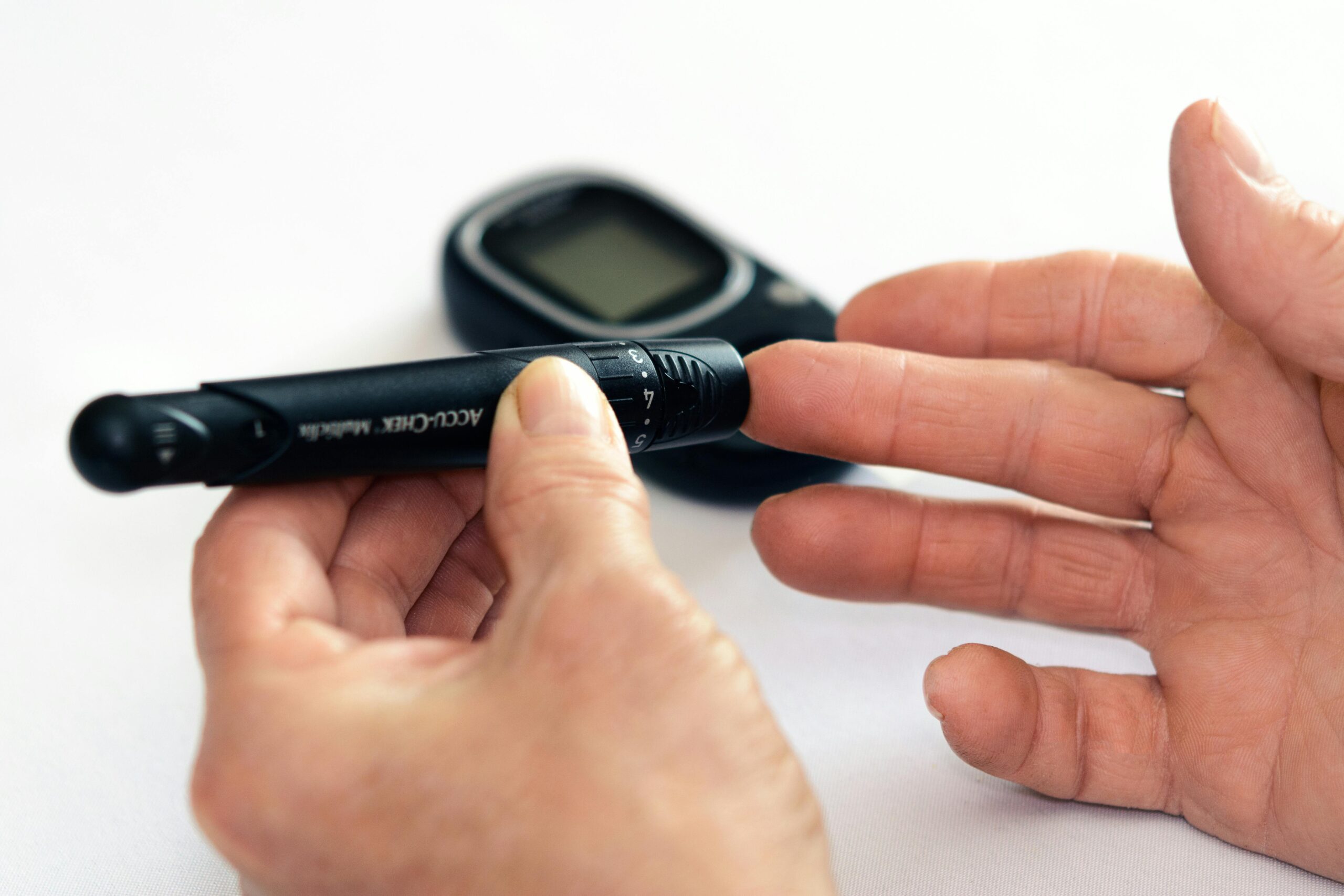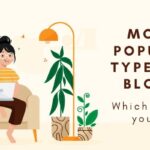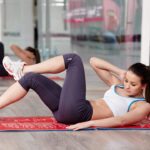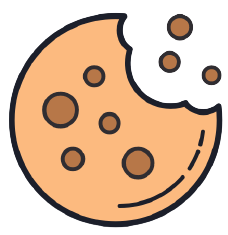If your blood pressure is in the 130-139 range, you should think of it as a warning signal, not a disease. In the latest ACC/AHA guidelines, this is called Stage 1 hypertension. The big shift is that drugs are not the first choice (unless you already have diabetes, kidney disease, heart problems or your doctor thinks otherwise). The focus is on lifestyle changes like diet, exercise, weight control, and reducing salt for the first 3-6 months. This could help reduce unnecessary pill burden. But these changes are easier said than done in view of sedentary urban lifestyles, consumption of high salt in processed and traditional foods, and poor compliance with lifestyle advice.
Hidden salt in pickles, papads, and processed food is a major Indian issue. It’s important to restrict salt to less than 2.3 gram a day, moving to a target of less than 1.5 gram a day (about 3/4 of a teaspoon) to effectively prevent hypertension and manage BP.
One can adapt the DASH (Dietary Approaches to Stop Hypertension) diet to India by having more fruits, vegetables, and legumes, while reducing sugar, saturated fats, red meat,, and fried and processed foods. Brisk walking for 150 minutes a week, yoga and pranayama also reduce BP/
If overweight or obese, aim for at least 5% body weight reduction. Every 1 kg of weight loss may reduce BP by roughly 1 mm Hg (millimeters of mercury, the BP measuring unit). Avoid tobacco and limit alcohol. Adequate sleep and stress management also plays a role. It’s safe to say the kitchen and the park may work better than the pharmacy for controlling BP.
That’s because many feel perfectly fine until serious complications such as heart attack, stroke, kidney failure, or blindness show up. In India, where lifestyles are rapidly changing, hypertension is rising at an alarming pace. Data suggests that nearly 25-30% of adults have high BP, but less than half know about it, and even fewer keep it under control.
Home monitoring is both safe and reliable. In fact, it’s recommended worldwide as it helps detect ‘white coat hypertension’ (higher BP only at the doctor’s chamber) and ‘masked hypertension’ (normal at clinic but high at home). But the device and technique must be right. Home monitoring empowers patients and improves long-term BP control if done correctly. However, don’t measure obsessively multiple times a day. Anxiety itself raises BP, which we call ‘home cuff hypertension.’
The ACC/AHA guidelines are clear’ alcohol should be taken in moderation, if at all. For men, it’s up to two drinks per day, and one drink for women (1 drink = 30 ml spirits or 100 ml wine or 330 ml beer). But in India, binge drinking is frequent, and far more dangerous for blood pressure than small, occasional amounts. Stronger spirits like whisky, rum, and country liquor are more popular than wine and beer. Many Indians also have diabetes, obesity, or liver problems, where even ‘safe’ amounts of alcohol can do harm.
The latest ACC/AHA recommendations suggest that many patients, especially those with BP above 140/90 mm Hg, may benefit from a combination pill (two or more BP medicines in one tablet) rather than a single drug. It’s like a readymade thali — balanced, convenient, and effective for most patients — as high BP often needs more than one medicine acting on different pathways.
A one-pill combo is easier to remember and often cheaper, but in some cases, a ‘custom-made meal’ (individual drugs) may work better, as a fixed combination pill can make it tougher to adjust the dose. Besides, if there is a side effect, it’s harder to know which drug caused it. Patient’s needs should always be kept in mind.
Control your BP today and protect your heart, brain, eyes, and kidneys for tomorrow!





